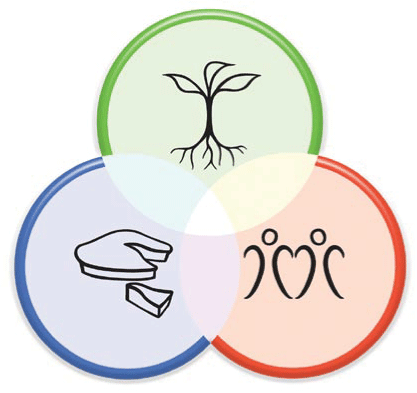I am in Adelaide for a couple of weeks, celebrating my mother’s 92nd birthday, spending time with son Hugh, gardening with friends, walking on the beach and having the odd swim in a much warmer sea than ever happens in Tasmania. Two glorious weeks of November weather; balmy nights, warm – hot days and streets lined with the wonderful jacaranda trees in full bloom everywhere I go.
As I drive familiar streets and take the freeway in the Adelaide Hills I sometimes listen to 891, Adelaide’s ABC radio station. Yesterday I heard the claim that in a study of Australian housing it was found that Adelaide has the biggest average house size in Australia and Tasmania, the smallest.
This I can verify as I found it amazing, when I moved to Tasmania, that the houses were so small. The house I bought is what I thought was very small; a little, old cottage, but which Tasmanian visitors asked of me when they saw it for the first time “Why do you need such a big house?” !!

This morning I have been re-reading a wonderful book from my mother’s bookshelves, called The Sea for Breakfast by Lillian Beckwith. These gorgeous books, written in the 1960’s follow the writer’s stay and subsequent move to the Outer Hebrides and are a joy to read for transportation to a simple but testing life, rich in Gaelic language and traditions, of a small, island community.
In some ways the books reflect a life not dis-similar to some parts of life in Tasmania which often seems to me as I read the books, more related to the Hebrides than mainland Australia. One of these similarities relates to an attitude to work. Statistics put Tasmanians on the bottom of the list of per capita earnings in Australia but, from my perspective, apart from the unemployed, most people earn enough to have a deliciously simple life, scouring tip-shops and second hand shops for cast off clothes, pots and pans, garden tools and timber for renovations etc and swapping this for that with others, at every opportunity. Time and work are often shared, and customers and friends all blend in together.
I love the line in The Sea for Breakfast where the woman is wanting to get some small windows made bigger in her newly acquired, tiny, stone cottage and enquires about who could do the work for her. A man called Erchy is suggested who “quite likes a bit of work now and then, just as a change, when he can spare the time”. This perfectly describes a lot of people in Tasmania too and I think that is one of the things that makes Tasmania foreign to the rest of Australia, on the whole. Visiting Adelaide after about 18 months of my 4.5 years of simple life at the bottom of Tasmania has highlighted this difference more than ever.
None of this is a criticism of anyone or of any place; it is simply fact and interesting to notice!
Life is good; get there fast then take it slow.








































